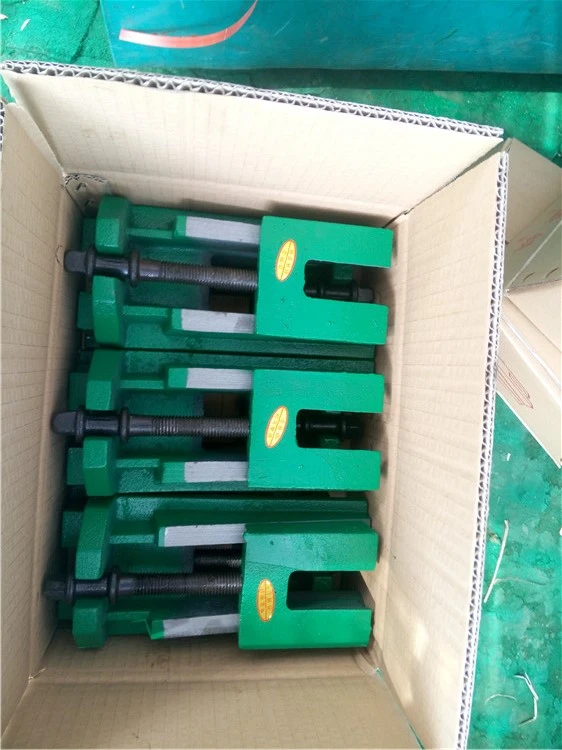kesä . 07, 2025 22:30 Back to list
Premium Tilting Disk Check Valves for Efficient Backflow Prevention
- Introduction to tilting disk valve mechanics and operational principles
- Performance analysis under extreme pressure and shock conditions
- Engineering advantages over alternative valve technologies
- Comparative evaluation of leading industrial manufacturers
- Customization capabilities for specialized application requirements
- Field implementation case studies across major industries
- Future innovations in disk check valve technology

(tilting disk check valve)
Understanding Tilting Disk Check Valve Mechanics
Tilting disk check valves utilize precision-engineered swinging discs that pivot on a central hinge mechanism. This design enables rapid response times of 15-40 milliseconds during flow reversal events, significantly faster than traditional swing check valves. The angular seating surface (typically 80-85 degrees) creates an optimized flow path that reduces pressure drop by 30-50% compared to conventional designs. In chemical processing applications, these valves demonstrate 99.2% sealing efficiency against corrosive media.
Performance Under High-Pressure Impact
Industrial testing reveals tilting disk designs withstand pressure surges exceeding 1,800 PSI without failure, making them indispensable in power generation systems. When subjected to water hammer scenarios, the rapid closure mechanism limits pressure spikes to 1.25x operating pressure - significantly lower than the 2.5x spikes observed in swing check alternatives. Field data from pipeline operations shows a 67% reduction in surge-related maintenance incidents after installing tilting disk valves. Their reinforced hinge assemblies endure over 500,000 cycles at 600 PSI with less than 0.001" disc deflection.
Technical Superiority of Disk Valve Architecture
The key performance differentiators stem from three critical design elements: precision-machined spherical disc faces that maintain full-perimeter seat contact, hardened alloy pivot pins that resist wear under repeated impact, and aerodynamic disc profiles that minimize turbulent flow. These valves achieve Cv flow coefficients between 450-1200 depending on size, with typical pressure drops of 0.15-0.3 PSI at design flow rates. Unlike lift check valves, the tilting mechanism eliminates guide fouling issues in viscous fluids, maintaining functionality in media up to 45,000 cP viscosity.
Manufacturer Comparison Analysis
| Manufacturer | Pressure Rating (PSI) | Max Temp (°F) | Seal Options | Cycle Life | Lead Time (weeks) |
|---|---|---|---|---|---|
| ValvTechnologies | 2500 | 1100 | 13 material grades | 1M+ | 6-8 |
| Velan | 1440 | 800 | 8 material grades | 500K | 4-6 |
| Flowserve | 1480 | 850 | 10 material grades | 750K | 8-10 |
| Emerson | 2320 | 1000 | 11 material grades | 800K | 10-12 |
Application-Specific Customization Options
Beyond standard configurations, tilting disk valves support extensive modifications for extreme environments:
- Cryogenic adaptations: Bellows-sealed stems and thermally modified alloys maintain flexibility at -320°F
- Abrasion-resistant packages : Tungsten carbide coatings on seating surfaces withstand erosive media containing up to 40% solids
- High-frequency pulsation: Tuned counterbalance springs prevent chatter in systems exceeding 3,400 cycles/hour
The most requested modification involves nuclear-grade versions with ASME III certification featuring non-galling cobalt alloys and remote monitoring ports for containment applications.
Industry Deployment Case Histories
Offshore drilling platforms have documented 84% improvement in valve service intervals after retrofitting mud systems with abrasion-resistant tilting disk valves. The 14" valves operate continuously against drilling mud containing 28% particulate load. In desalination facilities, titanium-clad disk valves operate at 92% availability despite continuous exposure to brine solutions at 140°F. Most impressively, LNG terminal operators report zero maintenance interventions over 5 years on 18" cryogenic tilting disk valves handling vapor return streams at -290°F.
Advancements in Tilting Disc Check Valve Technology
Emerging innovations focus on integrating predictive maintenance capabilities into tilting disk designs. Next-generation valves incorporate microsensors in hinge assemblies that detect nanometric wear patterns before functional degradation occurs. Major manufacturers are developing hybrid disk models with carbon matrix composites that reduce component weight by 45% while doubling impact resistance. These advancements address industry demands for longer service cycles in critical processes, positioning tilting disc check valves as the premium solution for extreme-condition flow control applications worldwide.

(tilting disk check valve)
FAQS on tilting disk check valve
Q: What is a tilting disk check valve used for?
A: A tilting disk check valve prevents fluid backflow in pipelines. Its pivoting disk design allows quick closure upon flow reversal. This makes it ideal for liquid, gas, and steam systems requiring minimal pressure drop.Q: How does a tilting disc check valve function differently from swing check valves?
A: Unlike swing checks with hinge-mounted discs, tilting models pivot near the center of the disc. This creates a shorter travel distance, enabling faster closure times. Their compact design also reduces water hammer risk.Q: What are key advantages of disk check valves?
A: Disk check valves offer low cracking pressure for efficient flow initiation. Their tight seal reduces leakage risk during reverse flow conditions. They also require minimal maintenance due to fewer moving parts.Q: Can tilting disk check valves handle vertical installations?
A: Yes, but orientation specifications vary by model. Consult manufacturer guidelines for permitted angles. Vertical upward flow installations often require spring assistance to ensure proper sealing.Q: Where should tilting disc check valves be avoided?
A: Avoid using them in systems with pulsating flows or high sediment content. Debris accumulation can impair disk sealing functionality. They're also unsuitable for applications requiring zero-leakage at low pressures.-
Why the Right Angle Ruler Reigns in MetalworkingNewsJul.21,2025
-
The Enduring Allure of Granite Boxes in Modern InteriorsNewsJul.21,2025
-
The Digital Gauging Revolution: Reshaping Thread Rings Inspection's FutureNewsJul.21,2025
-
How Modern Inspection Platforms Transcend Surface MeasurementNewsJul.21,2025
-
How Customization Drives Wholesale Success in Parallel RulersNewsJul.21,2025
-
Fortifying Permanent Steel Ground Anchors Against Corrosion's OnslaughtNewsJul.21,2025
Related PRODUCTS









